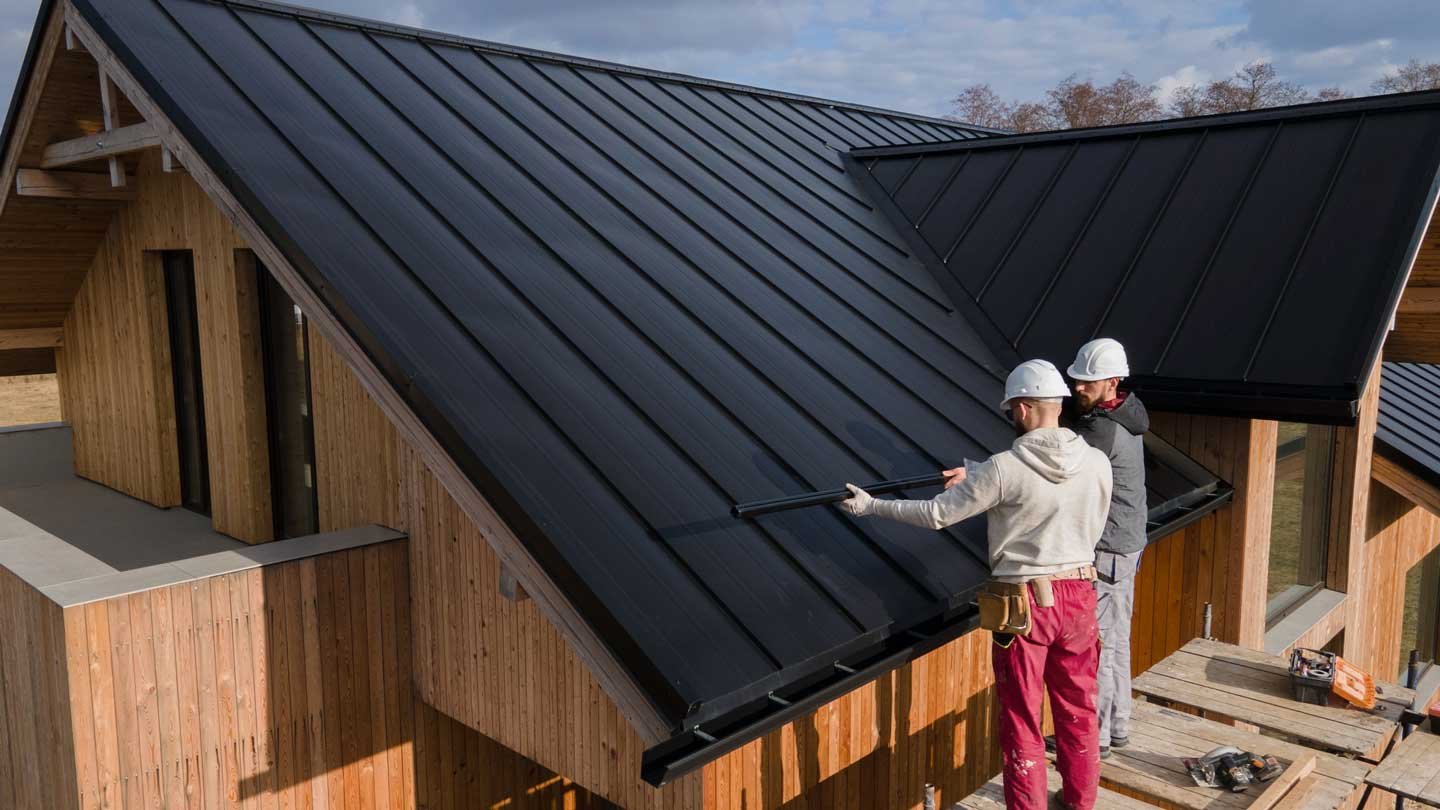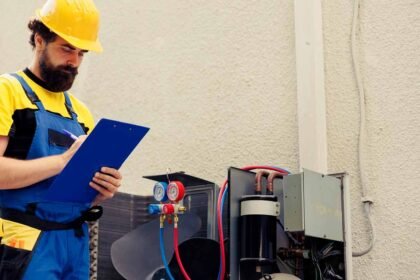Roofing jobs may be both lucrative and life-threatening. Safety must be your number one concern to avoid being hurt while working. Securing dangling equipment and materials is a must while working on a roof to avoid injury to yourself or others.
In this post, we will review some roofing safety fundamentals that may be used for routine upkeep and major construction projects. Continue reading before you look for the best roofer near me.
Assess the Work Area
Before undertaking any roofing work, a thorough risk assessment must be conducted. First, clear the roof and surrounding area of debris and trip hazards. Keep roofing shingles, tools, and other construction detritus away from vulnerable areas.
Before working on the roof, check for damage and tread carefully. Assess your workplace to improve safety and strategy sessions. Risk assessments make workplaces safer.
Use Protective Gear
Protective gear is vital to your health and safety when working on a roof. Wearing a strong helmet protects against falling objects. Safety glasses or goggles may protect your eyes from dust and other hazards.
Roof work requires protecting your head, eyes, and feet. Work boots that are sturdy and have nonslip soles fall under this category. They improve safety by reducing the potential for trips and falls. Wearing long sleeves and pants is a wise method to protect exposed skin from the sun, cuts, and scratches.
Follow Ladder Safety
Unfortunately, accidents involving ladders are very prevalent during roofing work, so learning to use ladders safely is an important part of staying safe. Check the ladder for damage or faults before using it. Ensure the locks, rungs, and stairs are all in excellent working order
Make sure the ladder is situated on a solid and even surface. Use stabilizers or levelers on your ladder to prevent it from tipping over. It’s best practice to keep two hands and one foot, or two feet and one hand, on the ladder always, whether you’re ascending or descending.
Weather Awareness
Regarding roofing safety, it’s important always to monitor the forecast. Accidents and injuries could be more likely to occur in bad weather. Work on the roof should be postponed during inclement weather, such as heavy rain, wind, or thunderstorms.
Also, remember that hot temperatures might be dangerous, particularly in the summer. Heat exhaustion and heatstroke are real risks while working outside in the sun. Make sure to drink plenty of water, take frequent pauses, and rest in the shade if needed.
Fall Protection
Since falls from heights are the most common cause of roof injury, implementing adequate fall prevention is essential. Guardrails or safety nets should be installed to prevent people from falling from the roof’s edge. These walls serve as a shield and a safety net for you and your group.
Working at heights necessitates using guardrails and personal fall arrest equipment. This involves utilizing a lifeline or lanyard securely attached to a solid structure and wearing a harness tailored to your body. Regular maintenance includes checking for damage and replacing any worn or broken parts.
Instruction in the correct use of fall protective gear is mandatory. Practice putting on and taking off the harness, as well as connecting and disconnecting the safety line. When utilizing a fall prevention system, you must adhere to all recommendations and instructions provided by the manufacturer and the best roofer near me.
Tool and Equipment Safety
Roofing work may greatly reduce accidents and injuries if tools and equipment are handled appropriately. Inspect all tools carefully before using them to ensure they are in excellent working order. Inspect the equipment for any signs of damage or wear that might put people at risk.
Care must be used while using power tools. Guards and lockouts may prevent accidental activation and protect users from getting their hands caught in moving components.
When using power tools, be sure you’re doing it safely according to the manufacturer’s rules and instructions. Use a tool belt, lanyard, or other tethering mechanism to prevent losing your tools and keep them within easy reach.
Conclusion
Safety on the roof is crucial to the well-being of everyone working there. Protect yourself and your coworkers by instituting some safe practices on the roof.
Remember that the key to a successful roofing job is to put safety first. Repairing and building a roof may be a gratifying experience; ensure you do it safely.











